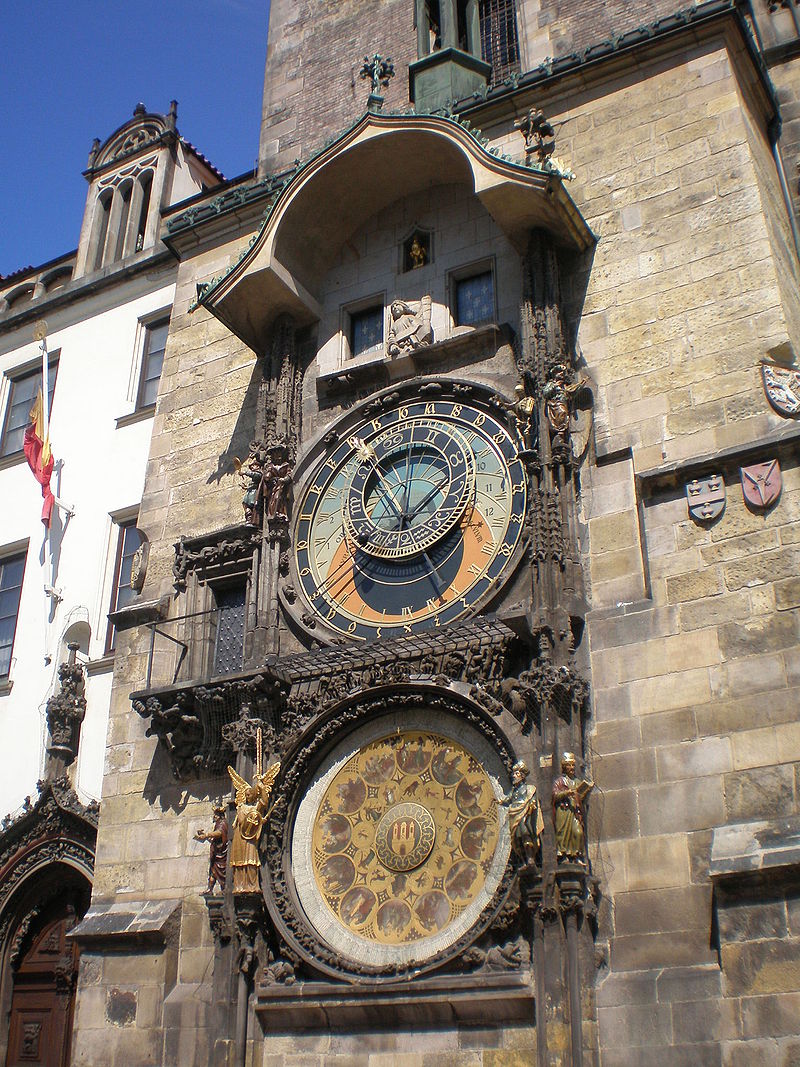By Krzysiu “Jarzyna" Szymański - Own work, CC BY 2.5,
The capital city of the Czech Republic is one of the top destinations in Europe. Prague’s one thousand years of existence gives it a rich history that is embedded in every part of the city. For visitors to the city, this means that Prague is filled with a wide variety of interesting places to see. It’s even become a growing destination for people who want to work remotely.
Strahov Monastery
Comprised of two 17th century libraries, the Strahov Monastery is arguably one of the most beautiful libraries in the world. It’s divided into two main halls, both of which are decorated with ceiling frescoes similar to the Sistine Chapel in the Vatican, except these are framed by ornately gorgeous wooden reliefs. The Baroque Theological Hall has around 18,000 religious texts, organized via an old and beautiful card catalog system with decorated wooden cartouches that specify which titles are on which shelves. Meanwhile, the Philosophical Hall holds over 42,000 ancient philosophical texts. There’s also a room filled with ocean specimens, minerals, anthropological artifacts, some remnants of the extinct dodo bird, and glass cases filled with wax fruit.
Kingdom of Argondia
This psychedelic kingdom can be found on a small hill in Prague. It’s actually a former mill that was converted by artist Reon Argondian into his home. He covered the walls with a hand-sculpted facade that looks and feels like a natural cavern. Instead of bare rock, he filled the space with gorgeous and strategically placed swirls of paint, and his paintings. The result is a veritable fantasyland. A uniquely psychedelic feast for the eyes that you’re unlikely to see anywhere else.
Olšany Cemetery
Prague’s largest graveyard is a leisurely walk through the city’s history. In the late 17th century, when burying plague victims within city limits was deemed unhygienic, the site of Olšany Cemetery was designated to be the official cemetery of Prague. It served this purpose for centuries until a variety of art nouveau graves turned it into a sightseeing spot in the 20th century. Today, its 12 different sections can be explored via the “Learning Trail,” a historical guide for those who want to explore the cemetery chronologically.
Astronomical Clock
Since 1410, the Astronomical Clock in the Staré Město district has been chiming every hour. As one of the few still working astronomical clocks in existence, it’s complete with a Zodiacal ring as well as indicators for Babylonian time. Make sure to see its figures move at least once during your stay in Prague. The hourly occurrence features a procession of 12 apostles along with figures representing greed, vanity, and death – the last of which strikes the time. It’s surreal, macabre, beautiful, and educational all at the same time.
The Museum of Alchemists and Magicians
Back in the 16th century, Old Prague was the hub of alchemy and dark practices in Europe. Under King Rudolf II, the sorcerers, alchemists, and magicians of the world had a safe and conducive place to practice the dark arts without interference. The remnants of this time in the city’s history are now located in the Museum of Alchemists and Magicians of Old Prague. Inside are stacked textbooks with instructions for all sorts of spells, incantations, and otherworldly creations. You’ll also find aged scrolls, half-formed homunculi, proto-science artifacts, arcane tools of the trade, and even a tableaux of a dark ritual in a magic circle. We’re not saying the place is cursed, but just watch your step.

